
views
Melt the Gold
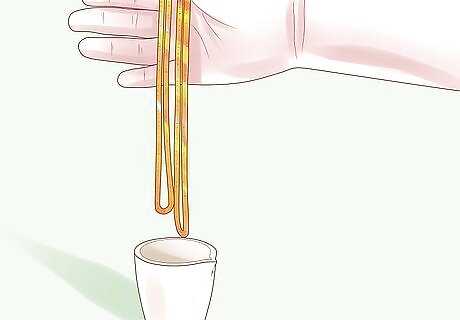
Place your gold jewelry, gold powder or nugget inside of a crucible. Most crucibles are made of graphite, which enables them to withstand the melting of the material inside.

Place the crucible on a fireproof surface.
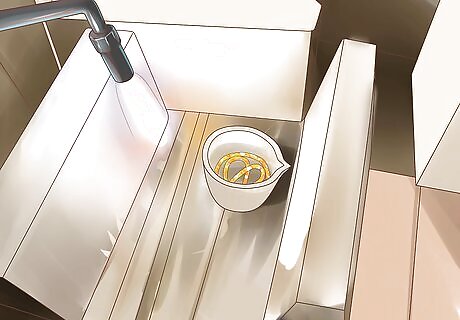
Aim an acetylene torch at the gold. Aim the flame at the gold until the gold is completely melted.
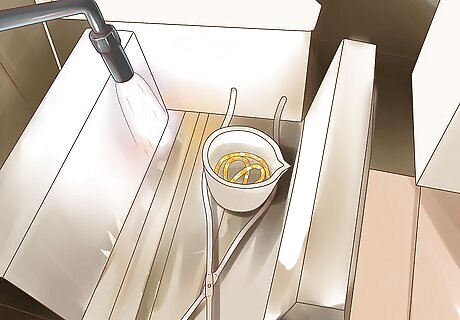
Pick up the crucible using crucible tongs.
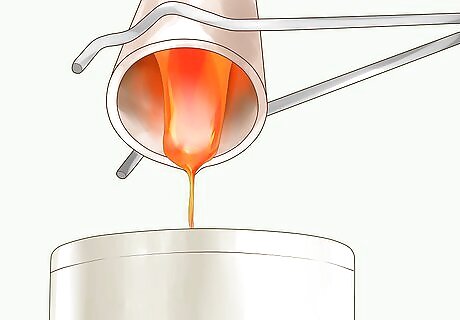
Separate the gold into small pieces and allow them to harden. This is called “making shot.” If you are refining small pieces of jewelry like rings, then you can simply melt the piece without making shot particles.
Add the Acid

Choose the appropriate container. For every ounce of gold that you want to refine, you will need 300 milliliters in container capacity. Use containers large heavy-gauge plastic buckets or Pyrex Vision Ware pots.
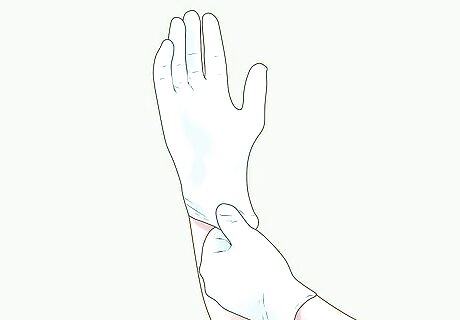
Wear protective gear. Put on a pair of rubber gloves to protect your hands from the acid. Wear the gloves as you handle any of the chemicals mentioned in this article. Wear a rubber apron to protect your clothing. Wear goggles to protect your eyes. Consider wearing a face mask to prevent the inhalation of noxious fumes.
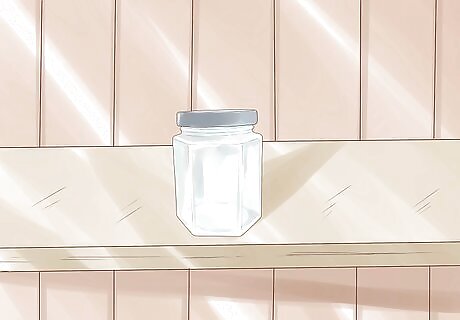
Place the container outdoors in a well-ventilated area. The acid reactions in the aqua regia process produce strong and noxious fumes that are extremely dangerous.

Pour 30 milliliters of nitric acid for every ounce of gold into your container. Allow the acid to react with the gold for 30 minutes.
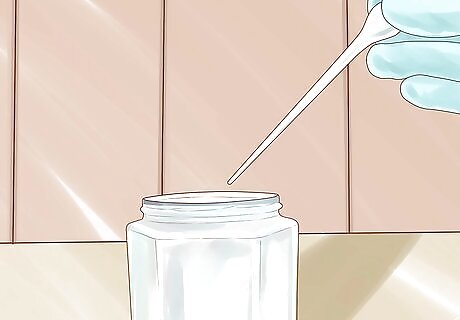
Add 120 milliliters of hydrochloric acid or muriatic acid for every ounce of gold in the container. Allow the solution to sit overnight until all of the acid fumes have been dispelled.

Pour the acid into another larger container. Make sure that none of the particles are poured out with the acid as they will contaminate the gold. The acid should have a clear emerald green color. If the color is murky, then you should probably pour it through a Buchner filter funnel.
Add Urea and Precipitant
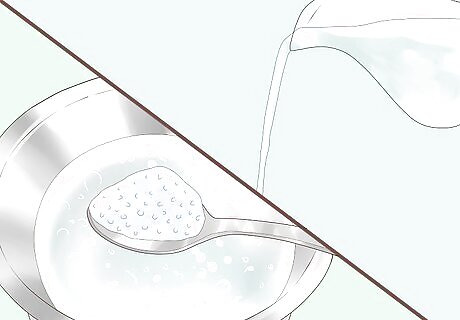
Heat 1 quart of water and add 1 pound of urea to the water. Continue heating the mixture until it boils.
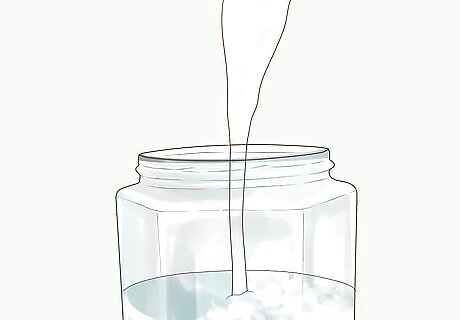
Gradually add the water/urea mixture to the acid. The acid mixture will bubble as you add the water and urea. Add the mixture slowly so that it doesn’t cause the acid to bubble out of its container. The water/urea mixture neutralizes the nitric acid but not hydrochloric acid in your solution.
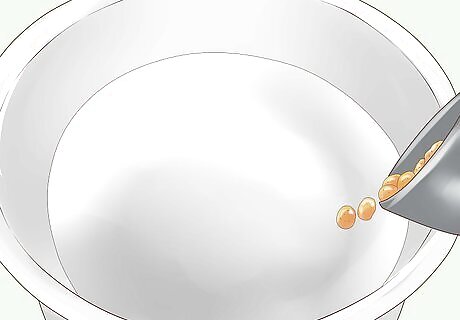
Add a selective gold precipitant to 1 quart of boiling water following the manufacturer’s instructions. In general, you will add 1 ounce of precipitant per ounce of gold that you are refining. Avoid putting your face near the container’s opening. The smell is very strong and pungent.
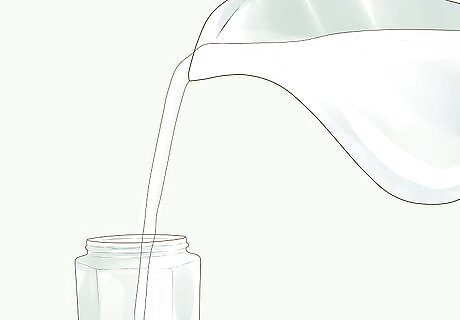
Add the water/precipitant solution slowly to the acid. The acid will turn a muddy brown color, which is actually caused by the separation of the gold particles. Wait 30 minutes to allow the precipitant solution to work on the gold particles.
Test the Acid for Dissolved Gold
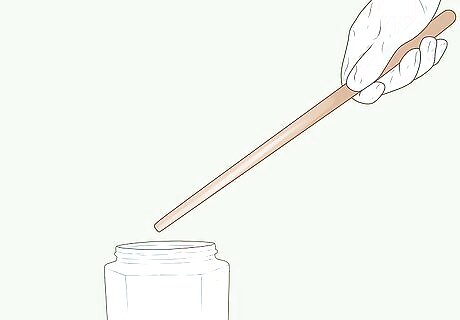
Immerse a stirring stick into the acid solution.
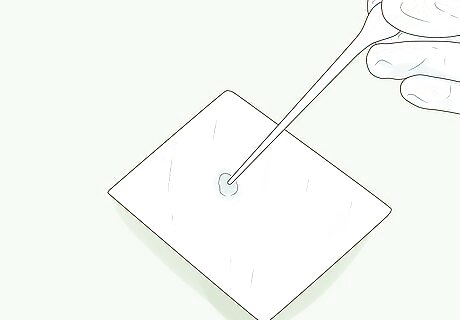
Place a drop of the solution onto the end of a paper towel.
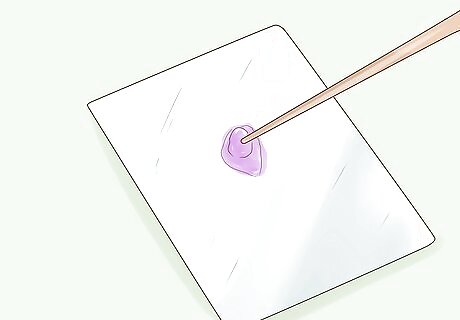
Place a drop of precious metal detection liquid on the spot of acid. If the spot turns purplish, then you need to give the precipitant more time to work before discarding the acid.
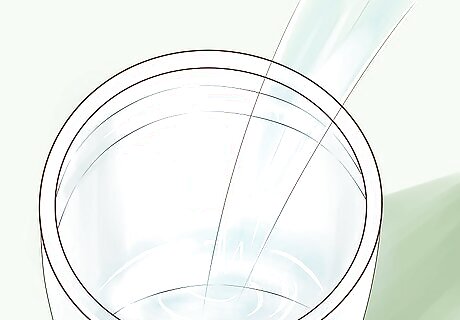
Pour the acid into a clean container as soon as the acid is clear of dissolved gold particles. The acid should be amber with what looks like mud collected at the bottom of the container. Do not pour the mud off with the acid. The mud is pure gold.
Cleaning the Gold

Add tap water to the mud remaining in your container. Stir the water and allow the mud to settle.
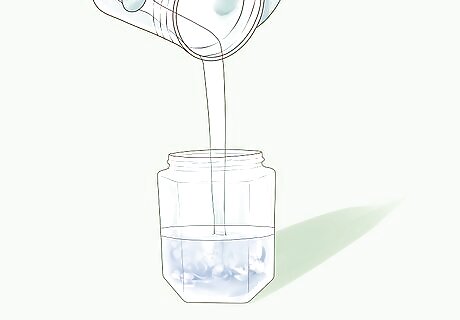
Pour the water into the container into which you poured the acid.
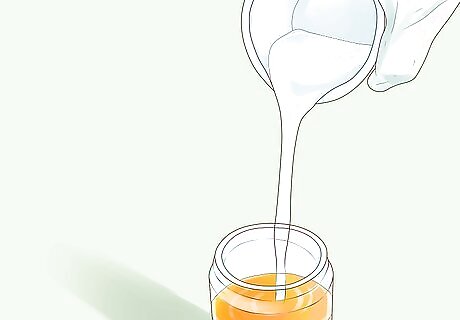
Rinse the gold mud again 3 to 4 times with water and pour off the excess water.
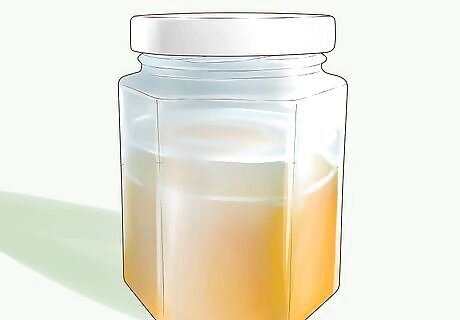
Rinse the gold with aqua ammonia. You will see white vapors come off of the gold mud. Make sure to protect your eyes and to avoid inhaling the fumes.
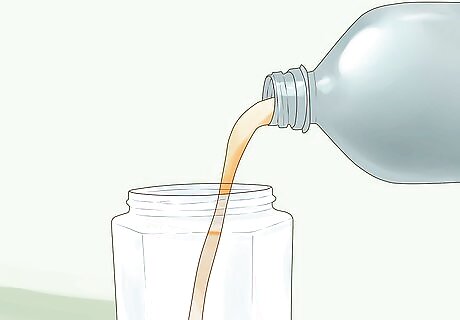
Rinse the ammonia from the mud with distilled water.

Pour the mud into a large beaker. Pour off all of the distilled water so that only mud remains.
Reconstituting the Gold
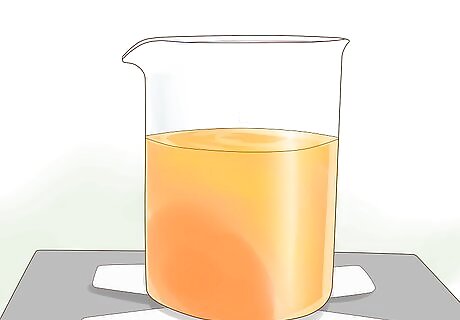
Place your beaker onto a hot plate. Turn the hot plate on and let the beaker heat up gradually so that the thermal shock doesn’t cause it to shatter.
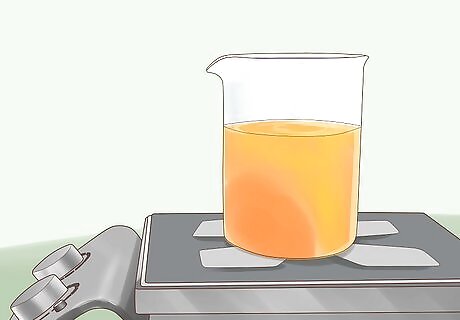
Continue heating the mud until it develops a powder-like consistency.
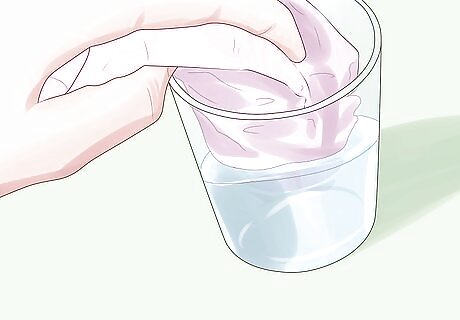
Pour the mud onto multiple layers of paper towels. Wrap the mud in the towels and soak the mud in alcohol.

Place the mud into a graphite crucible and melt it. The mud will take on the appearance of metal and will be 99 percent pure if you performed the process correctly.
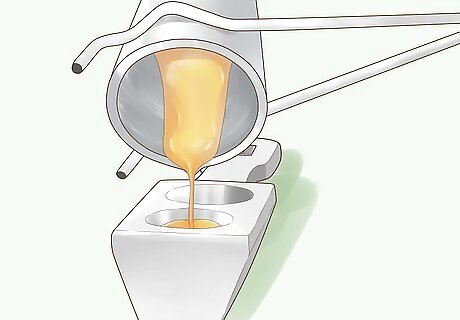
Pour the gold into an ingot mold. You can then take it to a jeweler or to a precious metals dealer to exchange it for cash if you desire.




















Comments
0 comment